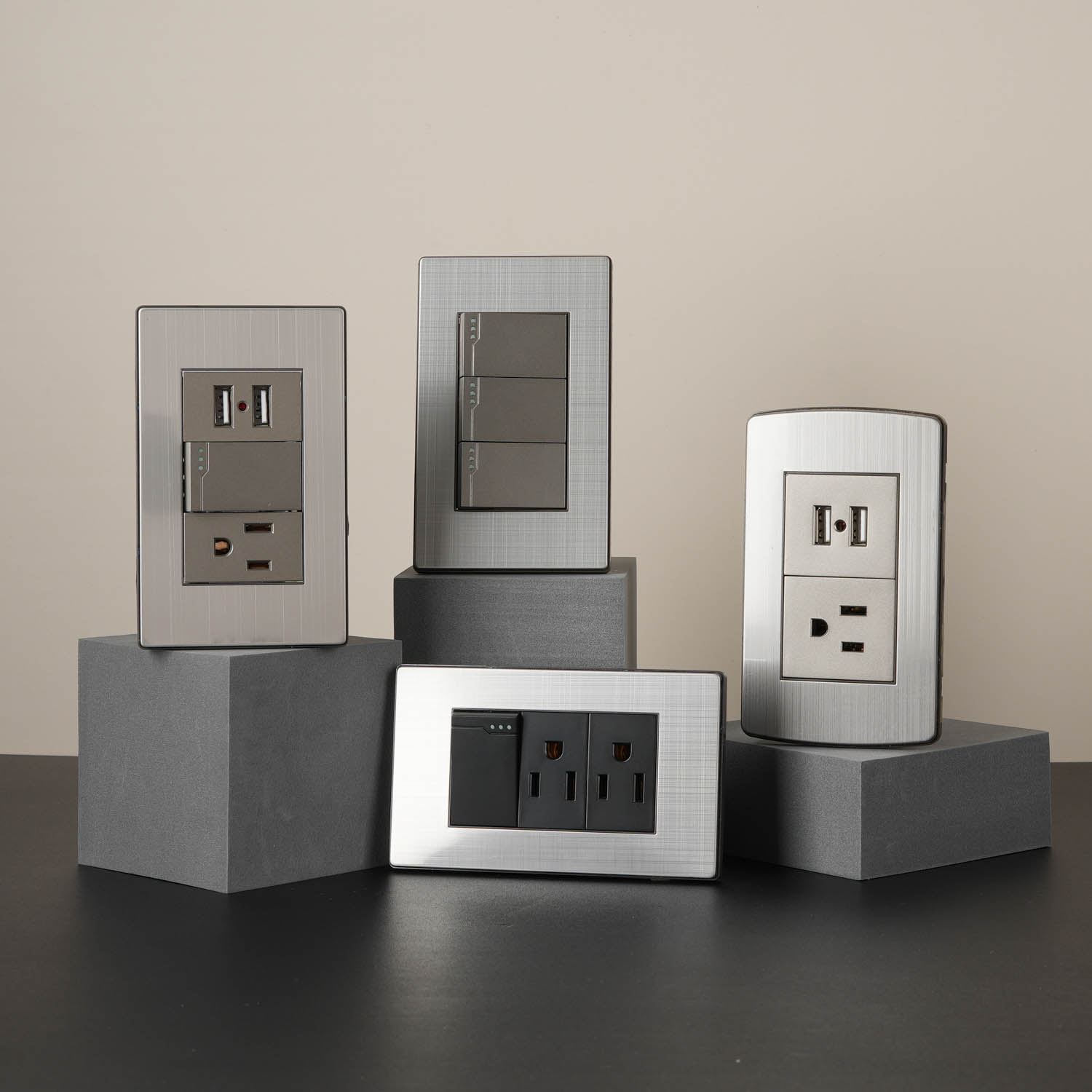Categories
- Blog (315)
Electrical switches are integral components of modern electrical systems, allowing us to control the flow of electricity with ease and efficiency. These switches come in various types, each designed for specific applications and environments. Different switch electrical supplies produce various types for modern electrical switches. In this article, we will explore five common types of electrical switches and discuss their importance in different contexts.

The Single-Pole Single-Throw (SPST) switch is the simplest type of switch, consisting of a single pole and a single throw. This means it has only one input terminal (pole) and one output terminal (throw). It functions as a basic on/off switch, allowing current to flow when the switch is in the “on” position and interrupting the circuit when in the “off” position.
Importance:
SPST switches are widely used in household applications, such as turning lights on and off, operating small appliances, and controlling power to electronic devices. They offer simplicity and reliability, making them a fundamental choice for various everyday tasks.
The Single-Pole Double-Throw (SPDT) switch also has a single input terminal (pole), but it features two output terminals (throws). It can connect the input terminal to one of the two output terminals, providing a choice between two different circuits.
Importance:
SPDT switches are valuable in scenarios where switching between two different electrical paths is required. They are commonly used in applications like changing the direction of a motor, selecting between different power sources, or toggling between two settings in electronic circuits.
The Double-Pole Single-Throw (DPST) switch consists of two input terminals (poles) and a single output terminal (throw). It simultaneously controls two separate circuits, connecting or disconnecting both circuits at once.
Importance:
DPST switches are employed in situations where the simultaneous control of two independent circuits is necessary. They are often used in large appliances like air conditioners, heaters, and ovens, where both electrical connections need to be established or interrupted together.
The Double-Pole Double-Throw (DPDT) switch has two input terminals (poles) and two output terminals (throws). It provides the ability to switch between two different circuits, each with two possible paths.
Importance:
DPDT switches are versatile components used in applications requiring complex switching arrangements. They find use in devices like audio amplifiers, electronic signal routing, and reversing the polarity of motors, where multiple functions or circuit configurations are needed.
The Three-Way switch is a variation of the SPDT switch, designed for controlling a single light or load from multiple locations. It consists of three terminals: a common terminal and two traveler terminals.
Importance:
Three-Way switches are crucial for lighting systems in larger spaces like homes, staircases, and hallways. They enable convenient control of lights from different entry points, ensuring safety and convenience by eliminating the need to walk to a single switch location.
In conclusion, electrical switches are essential components in a wide range of applications, from residential settings to industrial environments. Whether it’s a simple on/off function or a more complex circuit configuration, these electrical sockets and switches play a pivotal role in our modern lives, becoming modern switches in home and work.